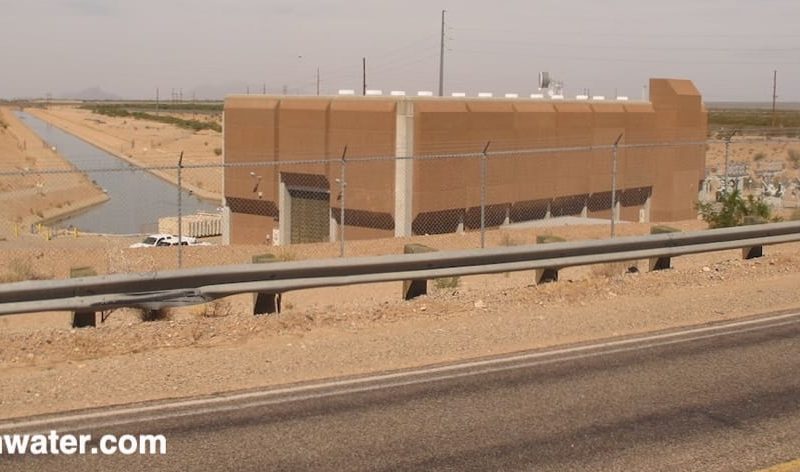Canal, pump station, and Twin Peaks mined to one peak for concrete (concrete lines the CAP canal) Currently, Tucson gets the majority of its municipal water from the Colorado River. The 300+ mile…


Canal, pump station, and Twin Peaks mined to one peak for concrete (concrete lines the CAP canal) Currently, Tucson gets the majority of its municipal water from the Colorado River. The 300+ mile…

Built in the 1950s, this concrete tower was one of five along the Rillito River used as lookout point to alert farmers about flood flows during the rainy seasons and runoff flows at…

Built by Civil Conservation Corps in the 1930s, and then abandoned. A great site to see what happens when we walk away. Where things are well-designed and built—life can flourish; but where they…

Likely installed by Civil Conservation Corps in the 1930s, unmortared, dry-stacked/dry-laid stone check dams can be found in the canyons of many waterways in the Catalina, Rincon, and Tucson Mountain foothills. These check…

built by the Civil Conservation Corps in the 1930s, and resulting seep springs Passive water-harvesting natural bedrock check dams, historic mortared stone check dams, and resulting seep springs can be seen less than…

Tumamoc Hill, or Cemamagi Du’ag (O’odham), “Horned Lizard Mountain” is a 700’ high hill of volcanic rock with prominent cultural and sacred significance, along with pre-historic, historic, and contemporary water-harvesting systems. Tumamoc Hill…

It used to be that drinking water in Tucson was primarily obtained from year-round flow of the Santa Cruz River, numerous natural springs such as El Ojito, and shallow hand-dug wells thanks to…

A view of how the Santa Cruz River and Tucson Basin ecology/hydrology is changing Offers a good view of the Tucson Basin and Santa Cruz River, which you can compare to historic views/photos…

The creek in Pima Canyon is dry for most of the year, yet it supports an excellent example of a desert riparian habitat, and which native plants could do well in similar microclimates…

Perennial stream flow with natural pools of water and lush riparian vegetation. A ciénega is a wetland system unique to the southwest U.S. and northern Mexico. The Cienega Creek watershed is essential for…